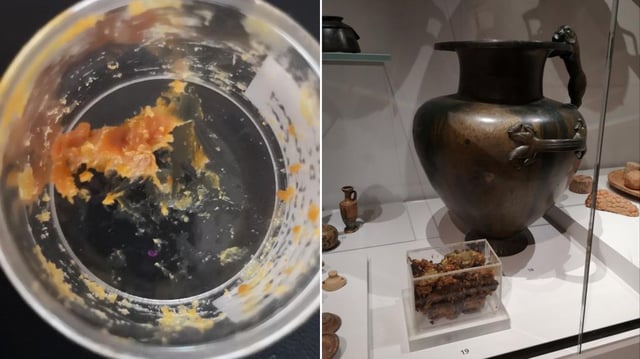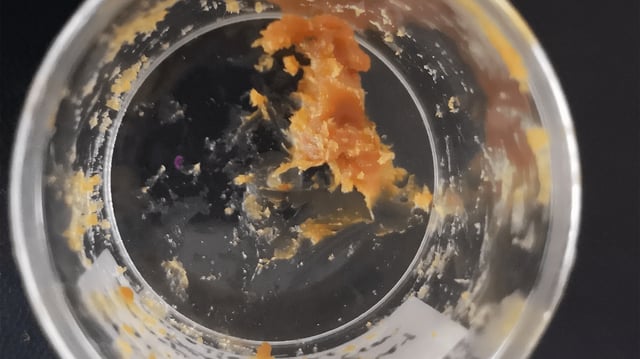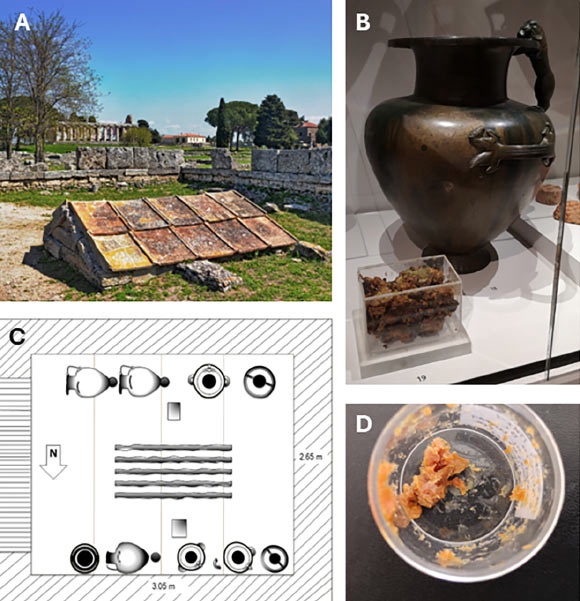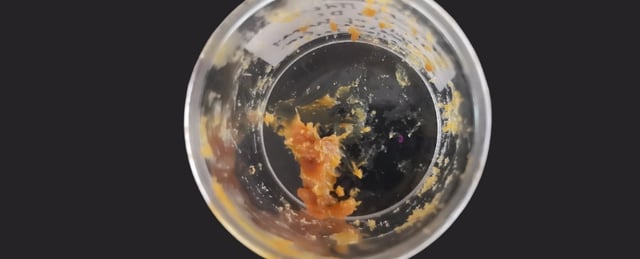Overview
- The eight bronze vessels were placed around an underground shrine in Paestum, Italy, around 520 BCE and remained sealed until their 1954 excavation and 2019 transfer to the Ashmolean Museum.
- Earlier analyses between the 1950s and 1980s interpreted the waxy paste-like residue as animal or plant fat contaminated with pollen and insect debris.
- Oxford researchers led by Luciana da Costa Carvalho and James McCullagh applied gas chromatography–mass spectrometry and advanced proteomic methods to reassess the ancient deposits.
- Tests detected intact hexose sugars, elevated acids consistent with long-term degradation, and major royal jelly proteins as definitive molecular markers of honey.
- The study highlights how modern biomolecular techniques can uncover complex organic residues in archaeological artifacts and set a new standard for future investigations.



